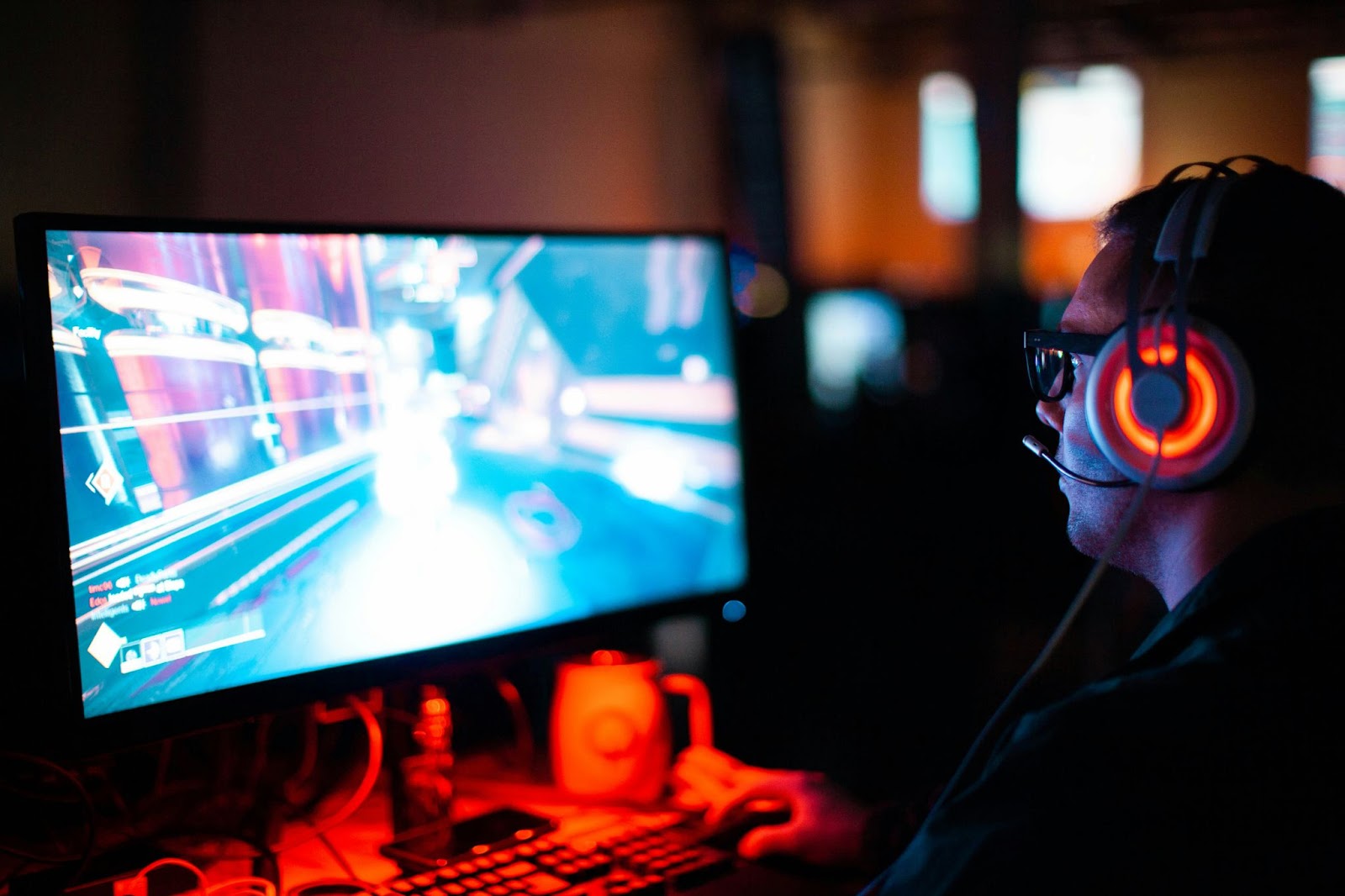How Games Mirror Real-World Engineering
Gaming and real-world engineering actually have a lot in common. In this article, we break down exactly why they’re similar.
Gaming and real-world engineering actually have a lot in common. In this article, we break down exactly why they’re similar.

Once a month, someone from our company hosts a Lunch & Learn session where they share a topic they’re passionate about, from robotics to music composition and more.
Recently, our software engineer, Derrick Miller, shared his love for gaming and how games are connected to software engineering and even improve the world around us.
We thought this was such a cool point to make, and wanted to break it down further by exploring what makes up a game and how gaming mirrors what we face every day as engineers.
From a systems perspective, games are made up of four key components:
At its core, every game represents a socio-technical problem, a blend of technical systems and human expectations. This is strikingly similar to the work we do as engineers.
Take a look at these examples and see how game development drives innovation and creativity, and how close gaming comes to mechanical and software engineering:
Game development, much like engineering, thrives on iteration. Designers test mechanics, receive feedback, and refine gameplay, just as engineers build prototypes, gather data, and improve their systems.
Consider The Legend of Zelda: Breath of the Wild. Developers spent months refining its physics-based gameplay to ensure players could interact with the world in unexpected, yet functional, ways. Similarly, engineers iterate early and often to refine interaction and performance in real-world products.
Many games require players to manage resources effectively, whether it’s collecting in-game currency, optimizing character abilities, or balancing time constraints.
This parallels engineering processes where resource constraints—time, budget, materials—are constant challenges. Just as games like StarCraft challenge players to manage inputs and outputs efficiently, product design companies must weigh cost-performance trade-offs when selecting materials and components.
A well-designed game prioritizes player experience, ensuring controls are intuitive and the interface is easy to navigate. Similarly, product design and development companies emphasize user-centered design to create accessible and functional products. Both require empathy and a deep understanding of user needs, especially in fields like custom battery design and IoT product engineering.
Whether building virtual worlds in Minecraft or strategizing in tabletop games like Warhammer, gaming encourages collaboration, problem-solving, and creativity—just like our team-driven approach in systems integration services and battery system consulting.
Creative thinking, systems modeling, and user-centered iteration are critical in both game development and product development.
Take a moment to reflect on the systems behind games and bring that same curiosity and creativity to your next technical challenge. What lessons have you learned from gaming? Share your insights—we’d love to hear them!
You have the vision. We have the team and expertise to get it built. Let's collaborate to innovate, problem-solve, and de-risk every step of the way.